
How to Use stepdown 24v to 5v: Examples, Pinouts, and Specs
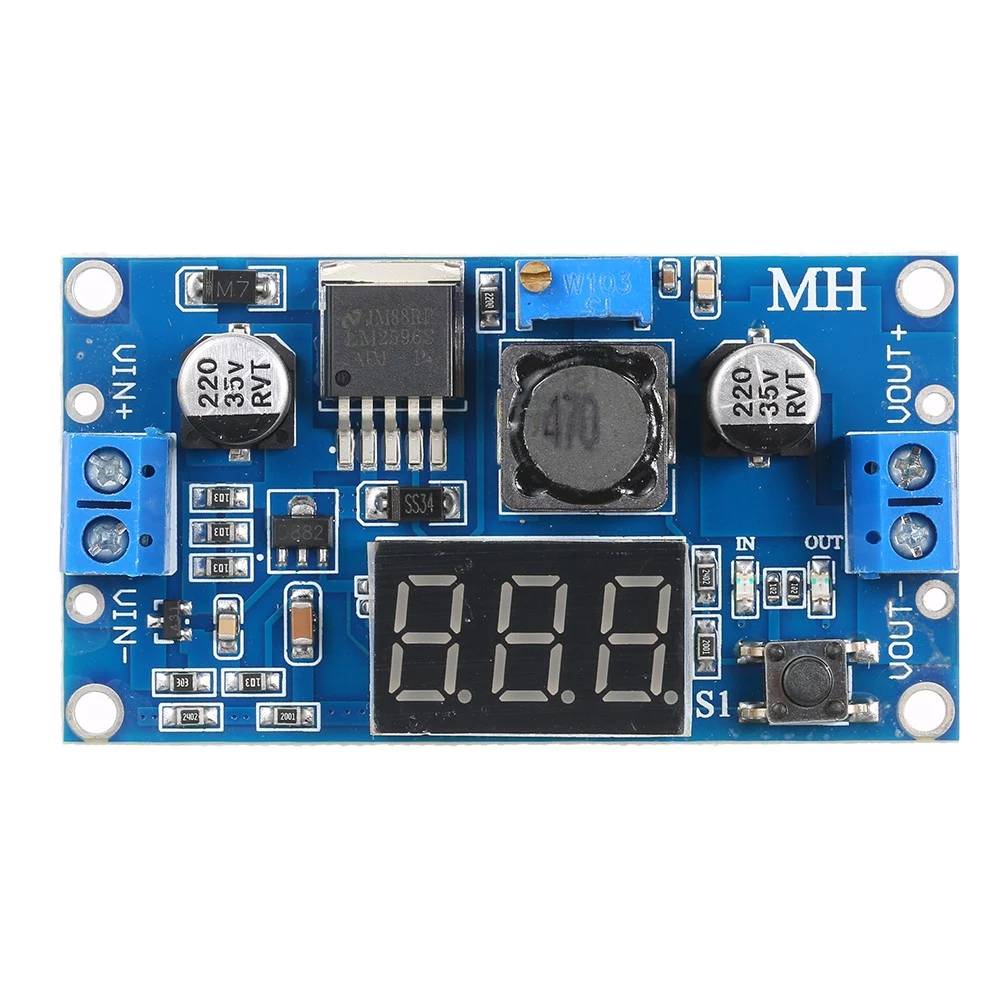
 Design with stepdown 24v to 5v in Cirkit Designer
Design with stepdown 24v to 5v in Cirkit DesignerIntroduction
A stepdown converter, also known as a buck converter, is an electronic component designed to reduce a higher input voltage to a lower output voltage. The Stepdown 24V to 5V converter is specifically engineered to take an input voltage of 24 volts and step it down to a stable 5 volts. This component is widely used in applications where devices or circuits require a 5V power supply, such as microcontrollers, sensors, and USB-powered devices.
Explore Projects Built with stepdown 24v to 5v
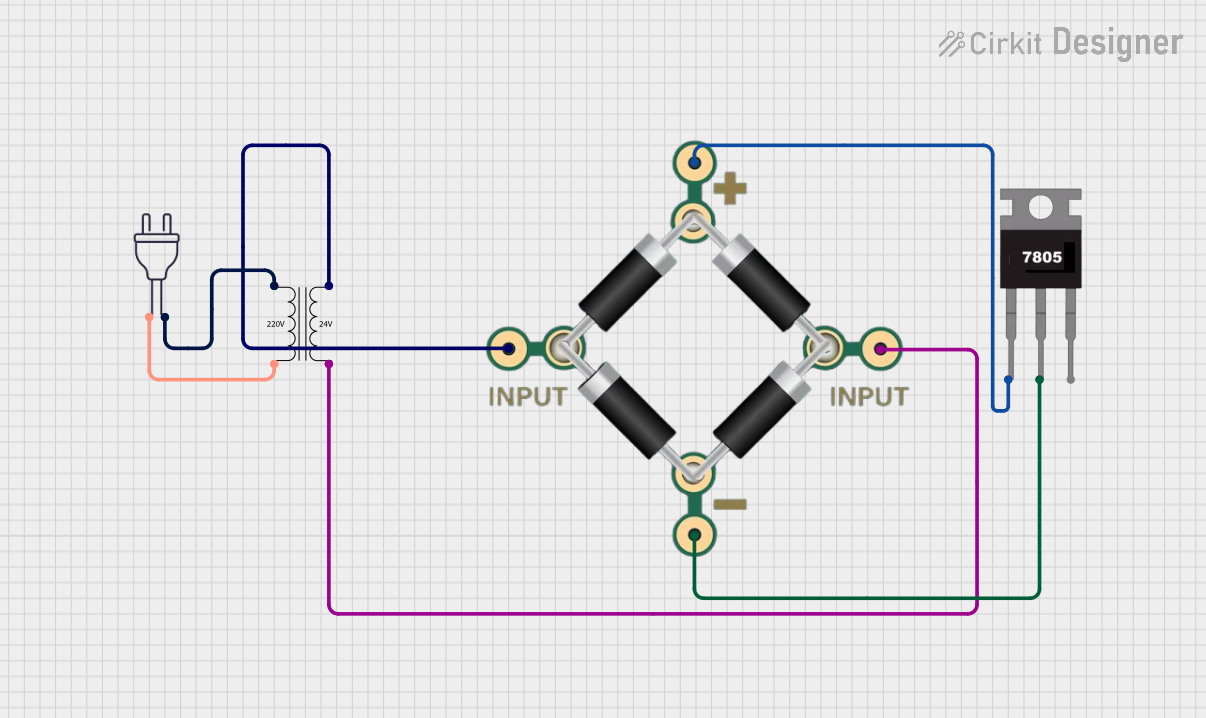
 Open Project in Cirkit Designer
Open Project in Cirkit Designer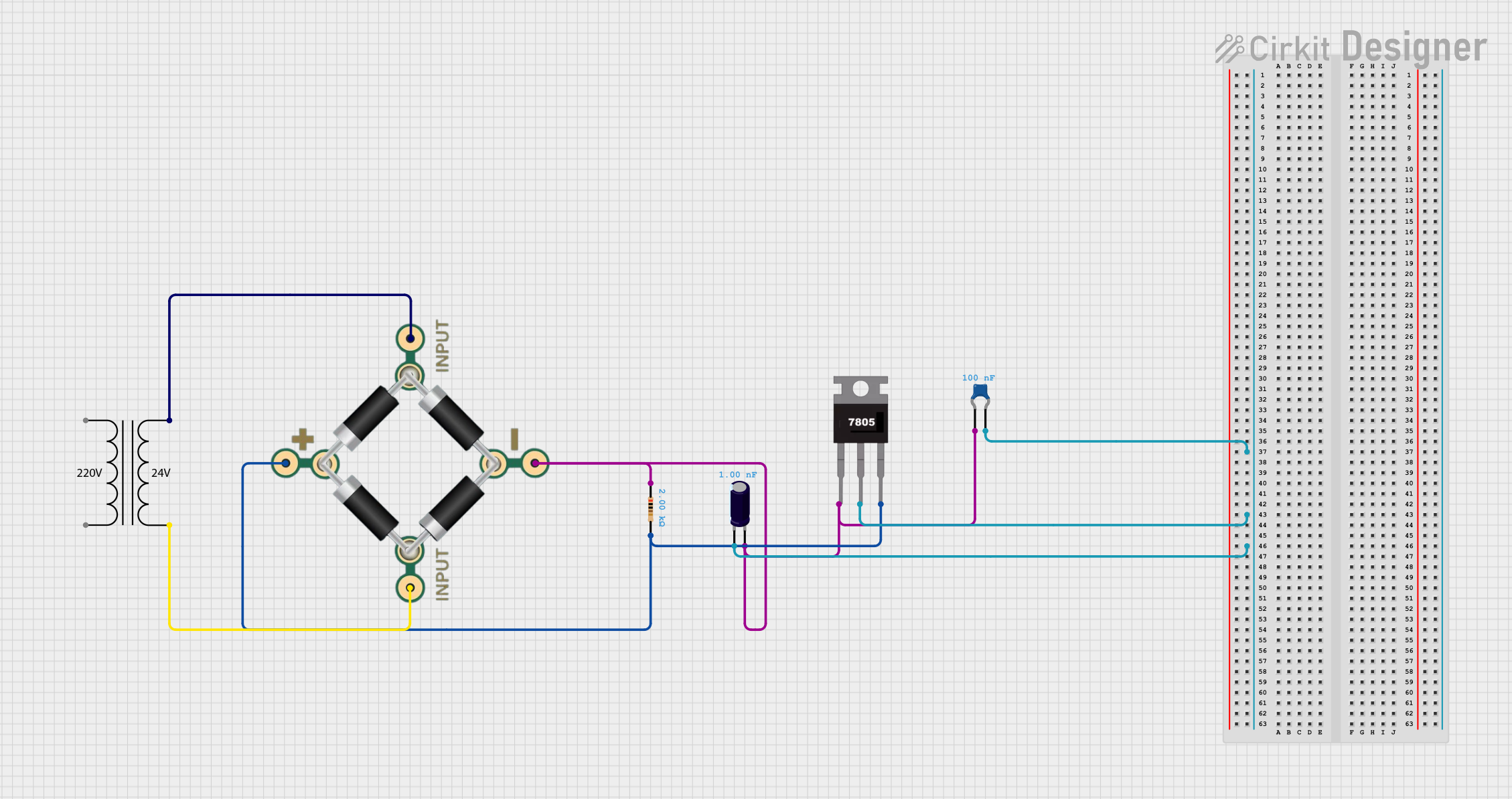
 Open Project in Cirkit Designer
Open Project in Cirkit Designer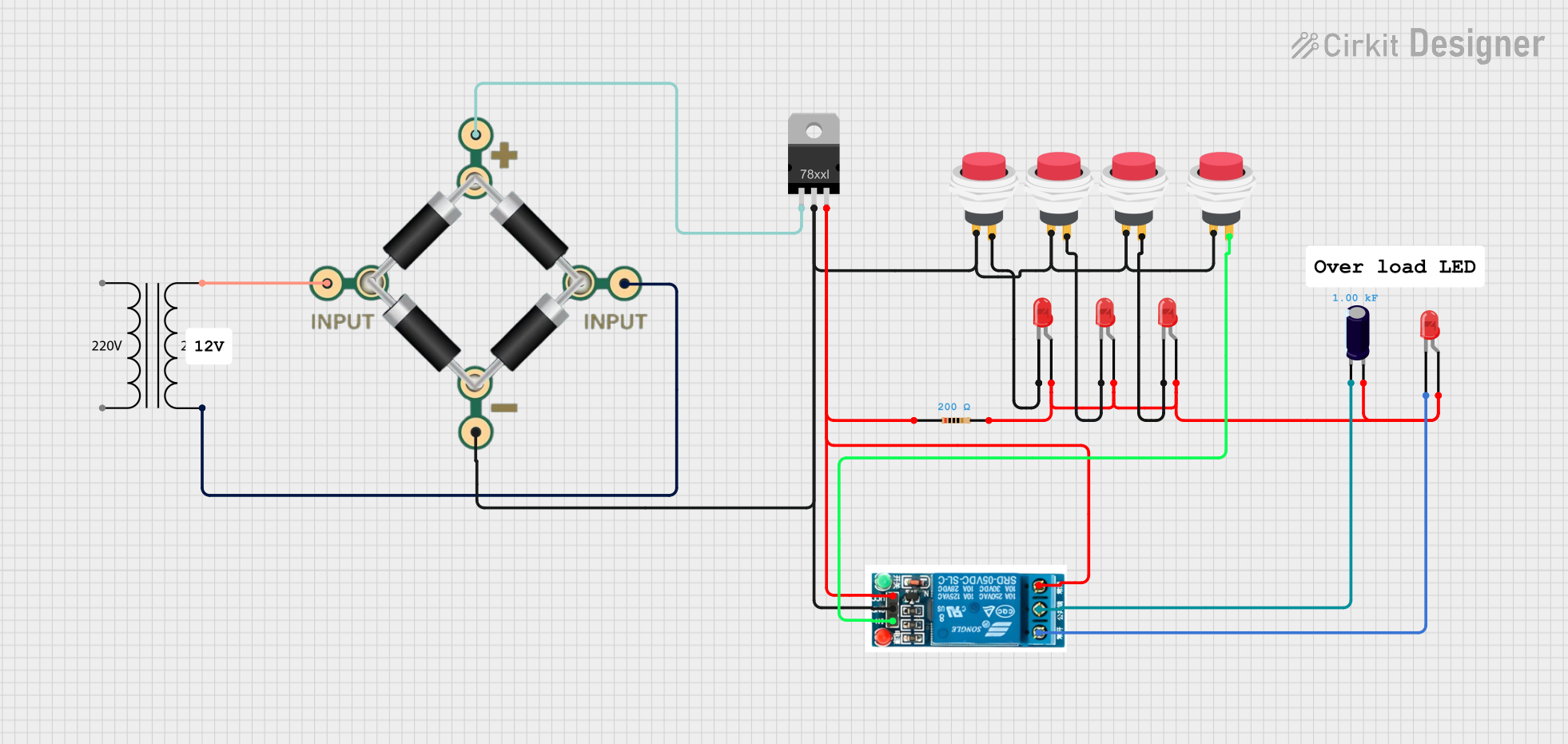
 Open Project in Cirkit Designer
Open Project in Cirkit Designer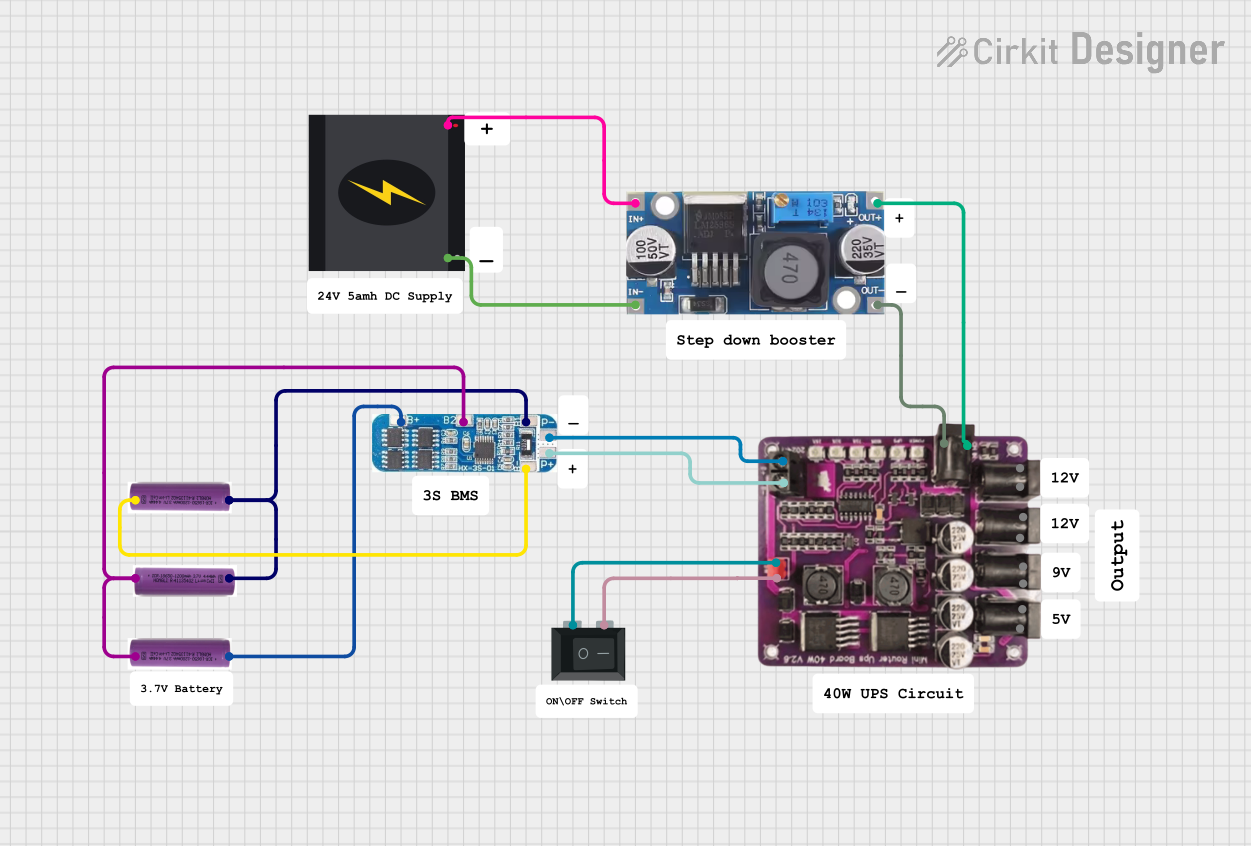
 Open Project in Cirkit Designer
Open Project in Cirkit DesignerExplore Projects Built with stepdown 24v to 5v

 Open Project in Cirkit Designer
Open Project in Cirkit Designer
 Open Project in Cirkit Designer
Open Project in Cirkit Designer
 Open Project in Cirkit Designer
Open Project in Cirkit Designer
 Open Project in Cirkit Designer
Open Project in Cirkit DesignerCommon Applications and Use Cases
- Powering microcontrollers like Arduino, Raspberry Pi, or ESP32 from a 24V source.
- Supplying 5V to USB-powered devices in industrial or automotive environments.
- Converting 24V from solar panels or batteries to 5V for low-power electronics.
- Providing a stable 5V output for sensors, relays, and communication modules.
Technical Specifications
Below are the key technical details of the Stepdown 24V to 5V converter:
| Parameter | Value |
|---|---|
| Input Voltage Range | 6V to 24V |
| Output Voltage | 5V ± 0.1V |
| Maximum Output Current | 3A (with proper heat dissipation) |
| Efficiency | Up to 95% |
| Switching Frequency | 150 kHz |
| Operating Temperature | -40°C to +85°C |
| Dimensions | 25mm x 20mm x 10mm |
Pin Configuration and Descriptions
The Stepdown 24V to 5V converter typically has four pins or terminals:
| Pin/Terminal | Label | Description |
|---|---|---|
| 1 | VIN | Input voltage (6V to 24V). Connect to the 24V source. |
| 2 | GND | Ground connection for the input voltage. |
| 3 | VOUT | Regulated 5V output. Connect to the load/device. |
| 4 | GND | Ground connection for the output voltage. |
Usage Instructions
How to Use the Component in a Circuit
Connect the Input Voltage:
- Attach the VIN pin to the positive terminal of your 24V power source.
- Connect the GND pin to the ground terminal of your power source.
Connect the Output Voltage:
- Attach the VOUT pin to the positive terminal of the device or circuit requiring 5V.
- Connect the GND pin to the ground terminal of the device or circuit.
Verify Connections:
- Double-check all connections to ensure proper polarity and avoid short circuits.
Power On:
- Turn on the 24V power source. The converter will step down the voltage to 5V and supply it to the connected load.
Important Considerations and Best Practices
- Heat Dissipation: If the load draws a high current (close to 3A), ensure proper heat dissipation by attaching a heatsink or providing adequate ventilation.
- Input Voltage Range: Do not exceed the maximum input voltage of 24V, as this may damage the converter.
- Output Current Limit: Avoid exceeding the maximum output current of 3A to prevent overheating or failure.
- Filtering Capacitors: For improved stability, consider adding input and output capacitors (e.g., 100µF electrolytic capacitors) close to the converter.
Example: Using with an Arduino UNO
The Stepdown 24V to 5V converter can be used to power an Arduino UNO from a 24V source. Below is an example circuit and code:
Circuit Connections
- Connect the VIN pin of the converter to the 24V power source.
- Connect the GND pin of the converter to the ground of the power source.
- Connect the VOUT pin of the converter to the 5V pin of the Arduino UNO.
- Connect the GND pin of the converter to the GND pin of the Arduino UNO.
Arduino Code Example
// Example code to blink an LED connected to pin 13 of the Arduino UNO
// Ensure the Arduino is powered via the Stepdown 24V to 5V converter
void setup() {
pinMode(13, OUTPUT); // Set pin 13 as an output
}
void loop() {
digitalWrite(13, HIGH); // Turn the LED on
delay(1000); // Wait for 1 second
digitalWrite(13, LOW); // Turn the LED off
delay(1000); // Wait for 1 second
}
Troubleshooting and FAQs
Common Issues and Solutions
No Output Voltage:
- Cause: Incorrect wiring or loose connections.
- Solution: Verify all connections, ensuring proper polarity and secure contacts.
Overheating:
- Cause: Excessive current draw or insufficient heat dissipation.
- Solution: Reduce the load current or attach a heatsink to the converter.
Output Voltage Fluctuations:
- Cause: Insufficient input or output filtering.
- Solution: Add capacitors (e.g., 100µF electrolytic) to the input and output terminals.
Device Not Powering On:
- Cause: Output voltage is not reaching the device.
- Solution: Check the output voltage with a multimeter and ensure proper connections.
FAQs
Q1: Can I use this converter with a 12V input?
Yes, the converter supports input voltages as low as 6V, so it can step down 12V to 5V.
Q2: What happens if I exceed the 3A current limit?
Exceeding the current limit may cause the converter to overheat or shut down. Use a load that stays within the rated current.
Q3: Can I use this converter to charge a 5V USB device?
Yes, the converter can be used to charge USB devices, provided the current draw does not exceed 3A.
Q4: Is the output voltage adjustable?
No, this specific converter provides a fixed 5V output. For adjustable output, consider a different model.
Q5: Can I use this converter in automotive applications?
Yes, it can be used in automotive systems with a 24V battery, but ensure proper protection against voltage spikes.